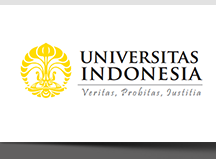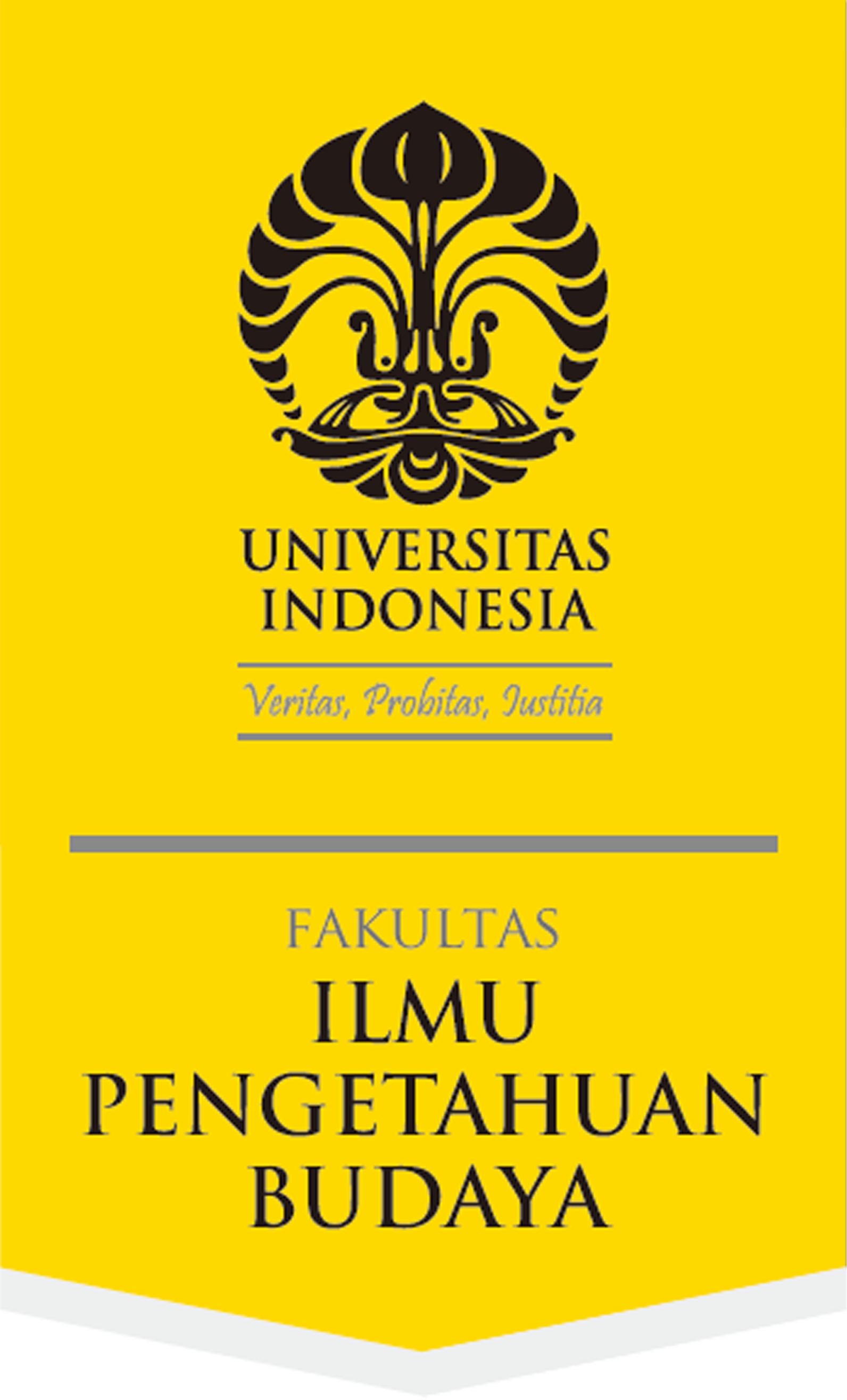Abstract
Raden Tjandra Pradja’s Wawacan rusiah nu geulis (The verse tale of the secrets of a beautiful woman) which was published in 1921 is a verse narrative of high literary merit. A tale of sexual morality, it is an early example of the realist fiction which was to develop during the first half of the twentieth century in the Sundanese language of West Java. The work carries an unusual and intricately woven sub-text telling of ethnic and cultural tension in Bandung, the provincial capital, through the representation of non-Sundanese figures – Hadhrami Arabs and cosmopolitan foreign Muslims. An Arab, Sheikh Abubakar bin Ma’rup al-Attas is made the villain of the piece. A community of Indians and emigres from Palembang, Sumatra, is further portrayed, according to stereotypes of the time, as wealthy merchants, strict in their observance of Islam but uncultivated in the Western-educated ways of the Sundanese elite. There is a historical irony lying behind this sub-text, since at the time of the work’s appearance progress was underway within the Hadhrami community of the Indies in the matter of religious reform, inspired by the ideas of Muhammad Abduh of Egypt. Furthermore, in 1923, in Bandung itself, members of the resident Palembang community and a Tamil Muslim from Singapore were to find the Persatuan Islam (Islamic Association) an organization which, through its pamphlets, lectures, and public debates was to create an intellectual vanguard of reformist thought in West Java.
References
Balai Poestaka. 1931. Het toezicht op de drukpers. Batavia: Departement Binnenlansch Bestuur.
Berg, L.W.C. van den. 1886. Le Hadhramout et les Colonies Arabes dans l’Archipel Indien. Batavia: Imprimerie du Gouvernement. [Republished 1969, Farnborough: Gregg International Publishers Limited.]
Chabanneau. 1918. Rasia Bandoeng, atawa satoe pertjintaan jang melanggar peradatan. Batavia: Kho Tiéng Bie.
Drewes, G.W.J. 1968. “New light on the coming of Islam to Indonesia?”, Bijdragen tot de Taal-, Land- en Volkenkunde 124(4): 433-459.
Federspiel, Howard M. 1970. Persatuan Islam; Islamic reform in twentieth century Indonesia. Ithaca, NY: Modern Indonesia Project, Southeast Asia Program.
Hadidjah Machtoem, Nj. R.H. 1964. Wawatjan rusiah nu kasep. Second printing in two volumes. Bandung: Firma Penerbit Galura. [First printing 1922. Bandung: M.I. Prawira Winata.]
Joehana. 1989. Mugiri. Second printing. Jakarta: Girimukti Pusaka. [First printing 1928. Bandung: Koesradie.]
Mihardja, Achdiat K. 1969. Atheis. Fifth printing. Jakarta: Balai Pustaka. [First printing 1949.]
Moriyama, Mikihiro. 2005. Sundanese print culture and modernity in nineteenth-century West Java. Singapore: NUS Press.
Moriyama, Mikihiro. 2021. “Colonial print culture; Sundanese book publishing in the Dutch East Indies in the early twentieth century”, Lembaran Sejarah 17(1): 18-35.
Moeis, Abdoel. 1956. Pertemuan jodoh. Fifth printing. Batavia: N.V. Nusantara. [First printing 1932. Batavia: Bale Poestaka.]
Nanie. 1937. Rasiah geulang rantaj. Batavia: Bale Poestaka.
Noer, Deliar. 1980. Gerakan moderen Islam di Indonesia 1900-1942. Jakarta: Penerbit LP3ES.
Roff, William R. 1974. The origins of Malay nationalism. Kuala Lumpur: Penerbit Universiti Malaya.
Rosidi, Ajip. 1966. Kesusastran Sunda dewasa ini. Jatiwangi: Penerbit Tjupumanik.
Rosidi, Ajip et al. 2000. Ensiklopedi Sunda; Alam, manusia dan budaya. Jakarta: Pustaka Jaya.
Salmun, M.A. 1963. Kandaga kasusastran. Third impression. Bandung: Penerbit Ganaco N.V.
Soekria - Johanna. 1963. Rasiah nu goreng patut. Second printing. Bandung: Kiwari. [First printing 1928. Bandung: Dachlan Bekti.]
Tjandrapradja, R. 1921. Wawacan rusiah nu geulis. Bandung: R.I. Prawira-Winata.
Recommended Citation
Mukherjee, Wendy
(2025)
"Secrets of a beautiful woman; R. Tjandrapradja’s "Wawacan rusiah nu geulis": a morality tale from West Java,"
Wacana, Journal of the Humanities of Indonesia: Vol. 26:
No.
2, Article 6.
DOI: 10.17510/wacana.v26i2.1807
Available at:
https://scholarhub.ui.ac.id/wacana/vol26/iss2/6









